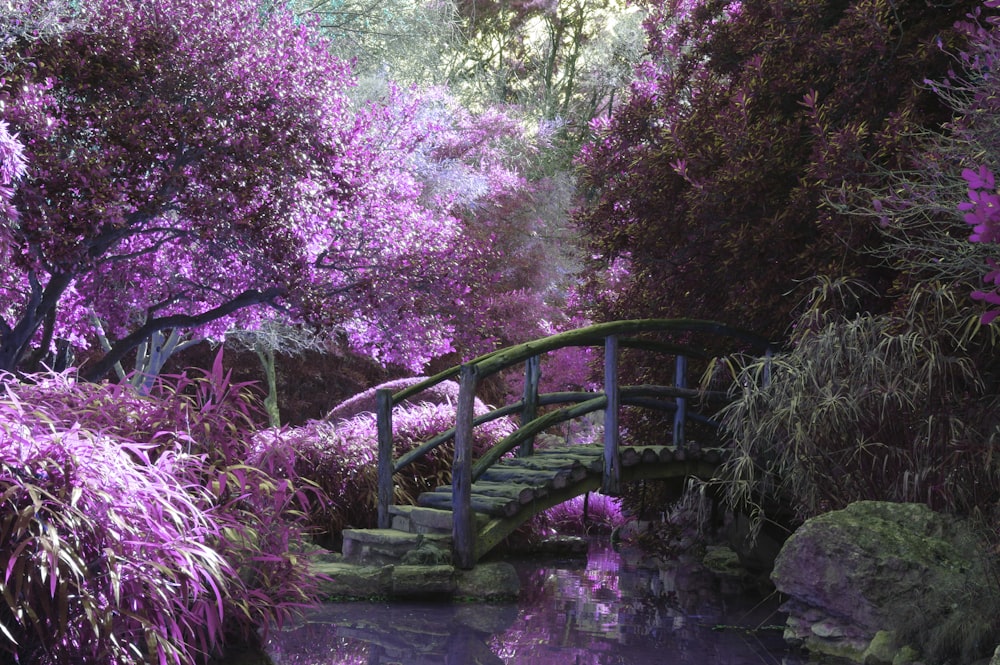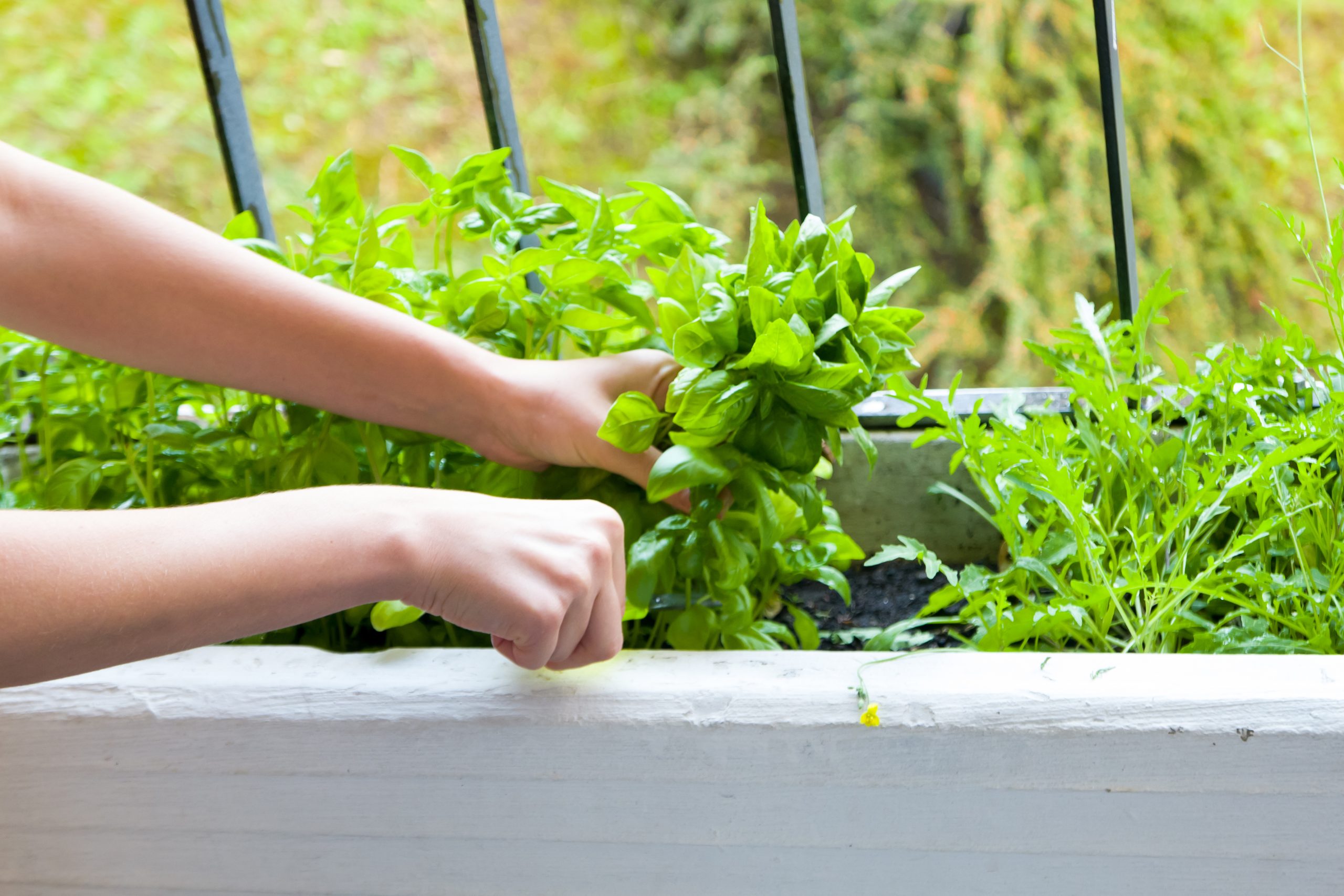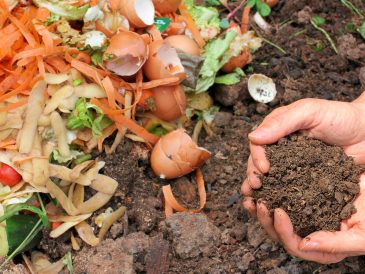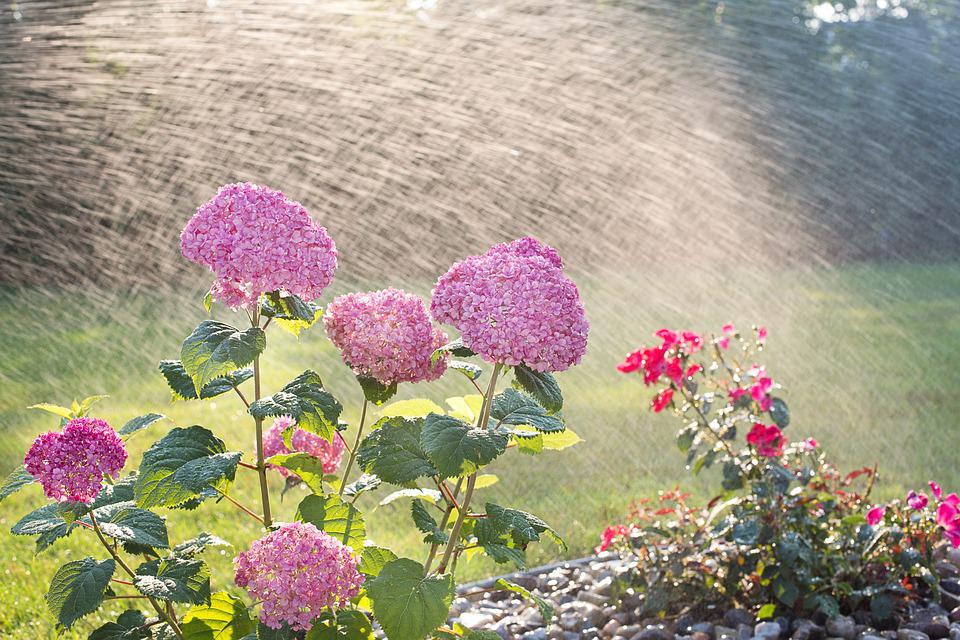You may think you know everything about gardening, but have you ever heard of water gardening? Water gardening is not a new form; it has been present and followed for ages. In water gardening, plants and features simulate a natural landscape with a water body. It helps to shift from the large land space to serene water decor. These forms of gardens have become popular again in the contemporary gardening style.
Two popular garden designs are the Japanese style and the Mughal style, which uses water to embellish the garden. Let’s discover this gardening type…
Where Should The Water be?

This is a common question regarding water gardens, especially if you are new to the concept. The water garden can be developed in either naturally occurring water or a man-made body of water. The water garden we’ve created is complete when it can be seen from our living room and gives us pleasure. At least six hours of bright sunlight should be available at the location. It will aid in developing the plants that have been planted within it. A gloomy spot or one under a tree should be avoided because it will stifle plant growth and increase the likelihood of becoming dirty frequently. In addition, algae will bloom in a very high sunlight position. As a result, the placement of a water garden is crucial to enjoy and preserve. Access to electricity is also necessary for the water garden to have lighting and other amenities.
Adding Plants To The Water

Now you will want to add plants to your water garden, because why call it a garden if there are no plants… It is quite easy to add plants to your water garden; you can choose plants that will be either rooted in the water soil or floating.
Before planting the rooted plants, the soil is added to a height of about 1 foot, and manures such as compost or cow manure are added for plant growth. The rooted plants are planted, and water is poured into the crown region. The water level can be raised once the plant begins to grow.
Examples of rooted plants are lotus and water lily; floating plants will be Eichhornia species, and submerged plants will be Vallisneria and hydrilla.
Components Of A Water Garden
For the creation of your water garden, you will need;
Pond liners are used in the creation of a man-made water garden. Different materials are used to make liners, such as plastic and concrete. The water garden’s basic framework will be created by securing the liners. It comes in different sizes and shapes.
A water pump assists in the transportation of water from one location to another in a water garden and a fountain or waterfalls. It also filters the water, which helps to keep it clean.
Water filters are used just to clean the water in the water garden. Mechanical or biological filters can be used. The water in the water garden essentially runs through the filter and is purified due to this procedure. It keeps fish and plants safe in the water. Skimmers are a type of mechanical filter that removes larger material from water.
Fountains are a stunning addition to any water garden, even though they are not compulsory. They add variety to the water garden’s monotony. The diverse forms of the fountain and the various lighting add to the overall attractiveness of the area.
The waterfalls in the water garden provide a serene ambiance that is also attractive to the sight. The gentle sound of the waterfall has a calming impact on all present.
Fish bring movement to the garden. They add color to the overall garden and aid in removing algae from the water’s surface.
Have you ever thought about having a water garden? In the comments, let us know what you think about having a water garden…






